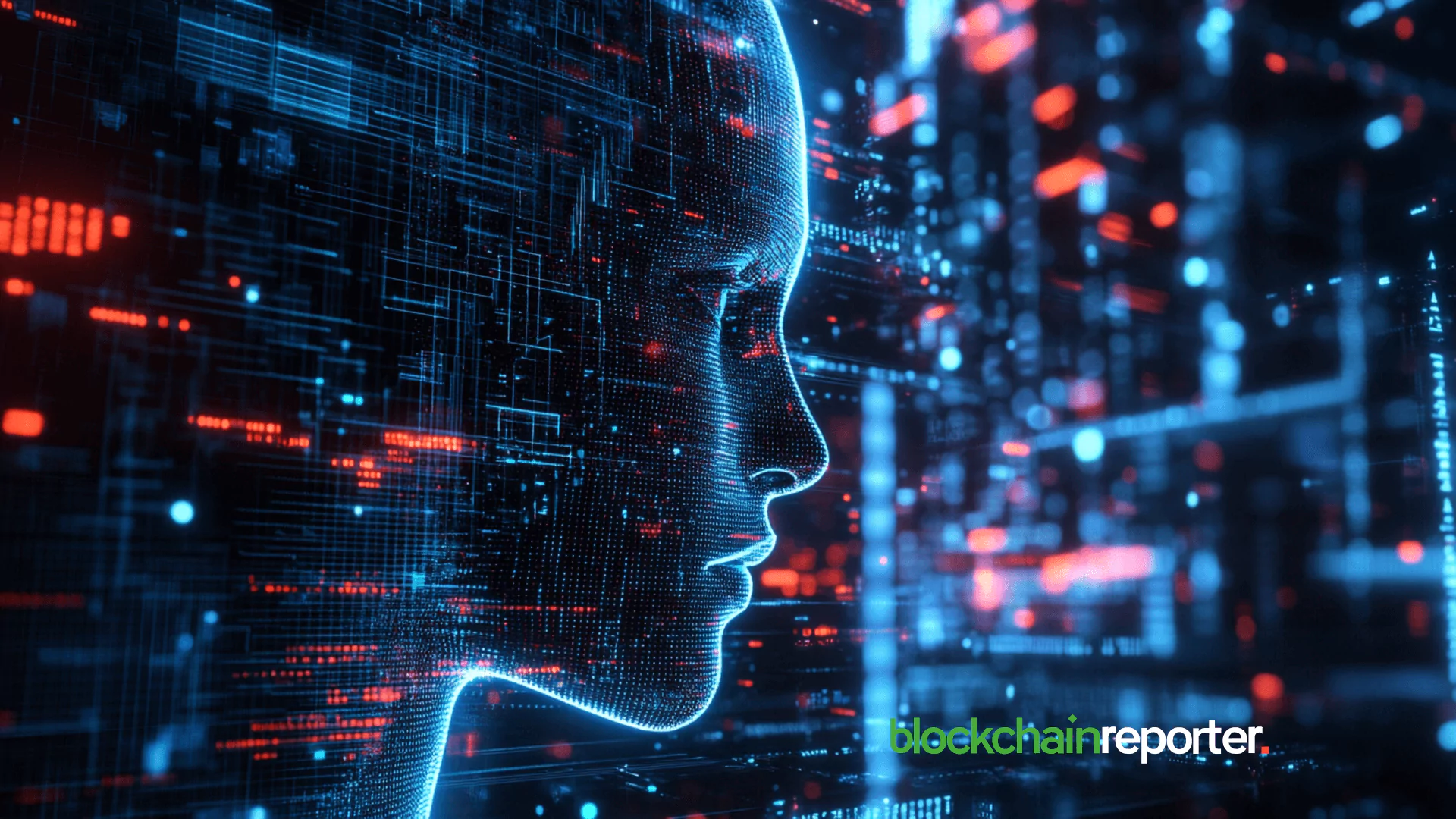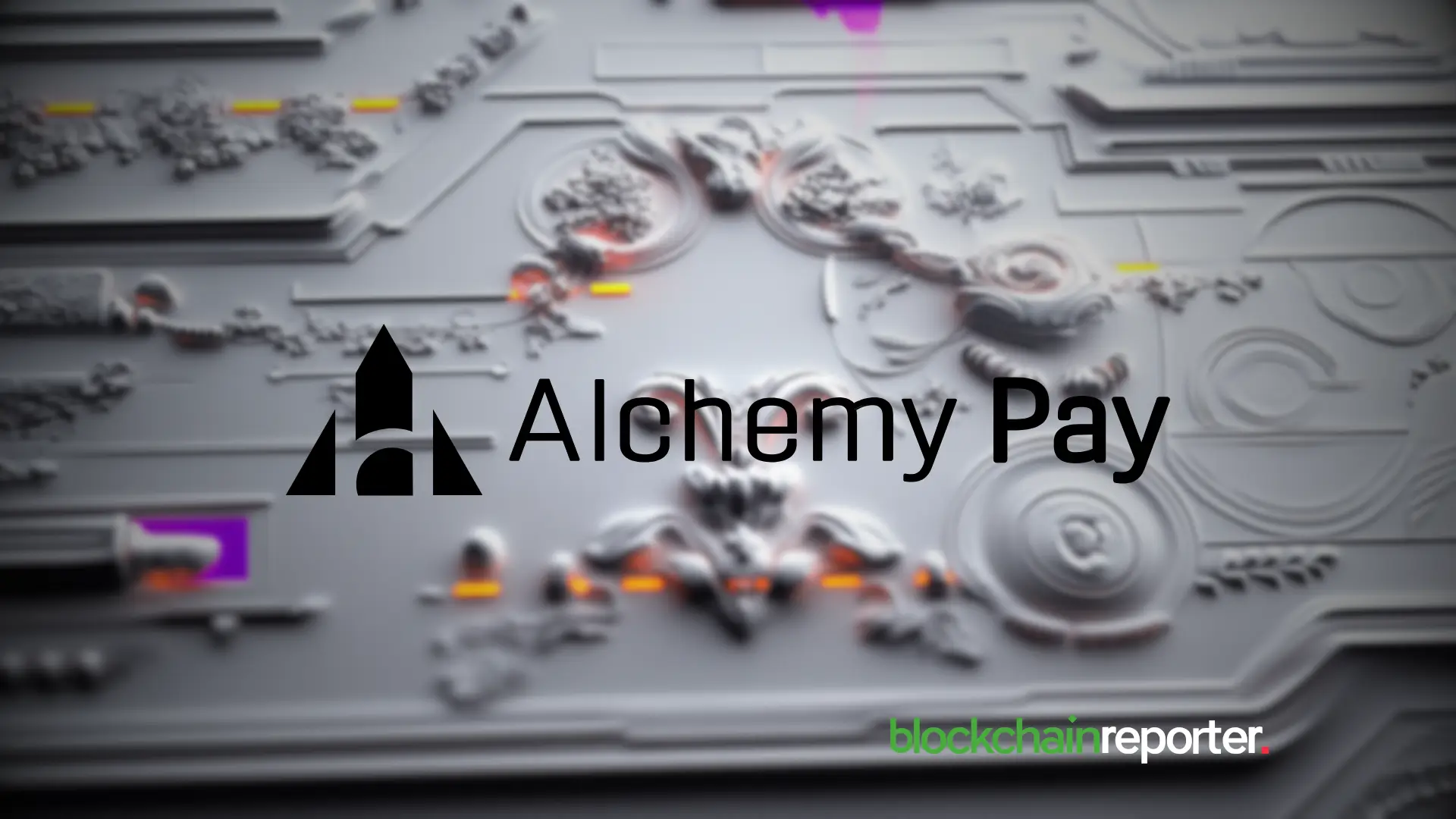How AI-Driven DeFi Transforms Blockchain Activity into Investment Strategy



AI-driven models enhance DeFi ecosystems by optimizing smart contract execution, improving risk assessment, and enabling efficient automated trading. Machine learning algorithms provide real-time insight by analyzing vast volumes of on- and off-chain data, while AI-powered DAOs facilitate adaptive governance.
AI agents’ role in the DeFi market has been nothing short of transformational. A recent example is AdEx’s introduction of the AURA Demo , a next-gen AI agent for automated trading analysis. AURA tracks Ethereum and L2 blockchain activity, including app interactions, transactions, risk profiles, and fund movements, takes automated actions, and recommends profitable next steps.
Designed to deliver smart, real-time insights, AURA can help identify lucrative lending protocols, mint NFTs, claim airdrops, and maximize DeFi yield, handling the complexity on behalf of DeFi users. It eliminates the risk of human error, as users without knowledge of lending would otherwise need to track the impact of token overcollateralization on their market of interest.
The agent’s recommendations are tailored to each user’s risk tolerance level and behavior. AURA integrates seamlessly into dApps and Web3 wallets, eliminating the need for manual queries or prompts. As soon as the user enters their wallet address, the system starts analyzing on-chain data, then recommends specific actions.
Early AURA testers will have access to 420 soulbound NFTs, a specific type of NFT that’s permanently and cryptographically linked to the user’s “Soul” (their digital wallet). They cannot be traded, sold, or bought. The 420 NFTs will be issued to the wallet addresses provided and will be used to unlock early access, premium features, and exclusive rewards as AURA grows. A new staking model powering protocol security, rewards, and governance enhances the use cases of ADX, AdEx’s native token.
Synergies between AI and DeFi
This development has been some time in coming, as AdEx built upon earlier successes. Since around 2020, AI-driven analytics have been able to reduce risk in DeFi by detecting protocol vulnerabilities and anomalies and mitigating security threats in real time. Tools like OpenZeppelin Defender, Chainalysis, and Forta began incorporating AI/ML for real-time monitoring around 2021. Stakeholders are now applying ML models to optimize liquidity provision, letting decentralized exchanges (DEXs) adjust liquidity pools dynamically depending on the state of the market.
AI tools power sentiment analysis, which uses natural language processing to gauge investor sentiment based on forums, social media, and news articles, helping DeFi platforms adapt strategies in anticipation of market shifts. AI also enhances risk management in DeFi by identifying and mitigating vulnerabilities in liquidity pools, smart contracts, and lending protocols. Machine learning models identify abnormal transaction patterns, potentially preventing security breaches, fraud, and rug pulls. Specifically, AI models analyze transaction flow and code patterns to identify potential vulnerabilities in DeFi protocols and assess the historical performance of smart contracts to predict risk.
AI-driven credit score models evaluate borrower credibility based on transaction history and decentralized identity and reduce many of the risks inherent to DeFi lending, thereby improving lending decisions.
Addressing fluctuating interest rates, the biggest DeFi lending risk
The most prominent risk in DeFi lending and borrowing is arguably the effect of dramatically fluctuating interest rates. They vary from one money market to another based on lending and borrowing demand. Investors need to track interest rates consistently, bordering on obsessively, to keep them from surging and leading to asset liquidation. Liquidation peaks coincide with rate volatility in most leading DeFi platforms.
Predictive AI models evaluate borrower risks and forecast fluctuations, optimizing decentralized lending and borrowing. AI tools can calculate interest rates based on real-time liquidity supply and demand, making sure they remain competitive yet sustainable. They can adjust rates and collateral requirements dynamically based on market conditions, preventing liquidity crises.
AI algorithms operate according to reinforcement learning, continuously learning from market conditions and adapting automated trading strategies in real time. AI can help reduce gas fees, optimize transaction processing, and even alleviate network congestion. Algorithms analyze blockchain activity, minimize latency, and enhance throughput by dynamically adjusting transaction batching.
Rollups, sidechains, and other AI-based L2 scaling solutions improve blockchain performance by forecasting congestion and rerouting transactions as needed. AI algorithms optimize order matching and liquidity distribution in DEXs, reducing impermanent loss for liquidity providers and making trades more efficient.
Rising to the challenges of integration and computational power
Blockchains generate vast volumes of transaction data, which frequently lacks standardization and is fragmented across protocols. DeFi systems rely on oracles and other external data sources for market conditions, asset prices, and other information, introducing risks related to inaccuracies and data manipulation.
AI models trained on unreliable, inaccurate, or incomplete data may lead to flawed trading strategies, incorrect risk assessments, and compromised smart contract automation. Stakeholders rise to these challenges by using decentralized oracle solutions and robust data aggregation mechanisms to filter out unreliable data from AI-driven decision-making.
AI models require high-performance computing resources that decentralized ecosystems may not have available. These ecosystems need significant computational power to process market and blockchain data, but their distributed environments struggle with scalability and computational efficiency because they don’t have access to high-capacity data centers, which remain the prerogative of centralized institutions. Addressing this challenge has necessitated integration with L2 scaling solutions, development of off-chain AI processing techniques, and decentralized AI marketplaces that allow DeFi participants to share resources.
Possible solutions to security, privacy, and regulatory concerns
AI models can be vulnerable to adversarial manipulation, where their weaknesses are exploited to manipulate predictions and gain unjust advantages in governance decisions or DeFi trading. Training AI models on blockchain transaction information also raises privacy concerns. Unless properly anonymized, sensitive financial data can be misused or exposed. Implementing federated learning, zk proofs, and other privacy-preserving AI techniques helps reduce these risks and secure AI applications in DeFi.
AI-driven decision-making doesn’t necessarily comply with existing financial regulations, and the corresponding trading strategies can trigger concerns about fairness and market manipulation. However, AI is increasingly being used to develop automated compliance frameworks for decentralized and centralized exchanges. These frameworks cover automated AML/KYC checks, monitoring transactions for suspicious activity, and adapting to changing regulatory guidelines.

Alchemy Pay and Story Partner to Simplify Fiat Onramps for IP Blockchain Users
As a part of this latest collaboration between Alchemy Pay and Story Protocol, the users will be per...

Bitcoin Whale Opens $135M Long Position With 40x Leverage as Price Rises
A Bitcoin whale opens a $135M long position with 40x leverage, risking liquidation as BTC trades nea...

Top Rated Cryptocurrencies Right Now: Web3 ai’s $777K Giveaway, VET, PEPE, and HBAR
Discover the top rated cryptocurrencies for 2025, led by Web3 ai and its $777,000 giveaway for 10 wi...

